These treatments can include medical therapies for conditions like acne, eczema, psoriasis, and skin infections, as well as cosmetic procedures such as chemical peels, laser treatments, Botox, and fillers to improve skin health and appearance.

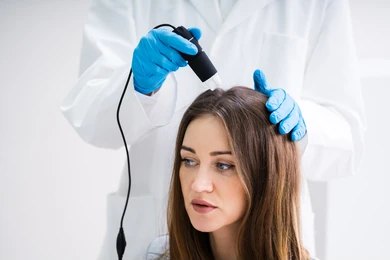
Treatment for conditions like androgenic alopecia, alopecia areata, and telogen effluvium. Prescription medications such as minoxidil and finasteride.
Peeling treatments involve applying chemical solutions to exfoliate and remove damaged outer skin layers, promoting regeneration and revealing smoother, healthier skin.
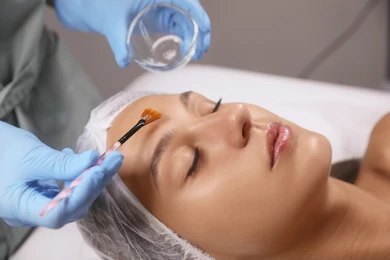

Acne treatment by dermatology involves medical and procedural therapies to manage acne, reduce inflammation, prevent scarring, and improve skin health, tailored to the individual’s skin type and acne severity.
Mesotherapy is a non-surgical cosmetic treatment that involves injecting vitamins, enzymes, hormones, and other active substances into the middle layer of the skin (mesoderm) to rejuvenate, hydrate, and treat specific concerns like hair loss, cellulite, or wrinkles.

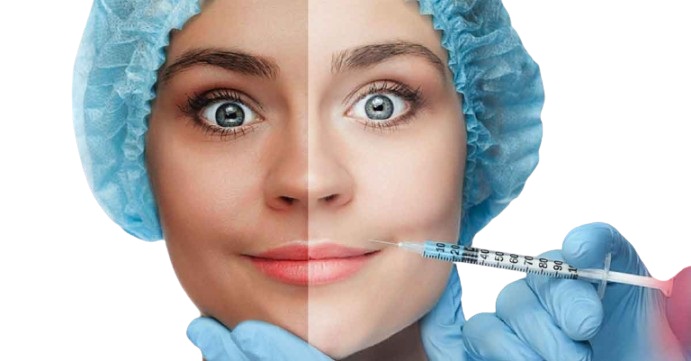
It helps protect cells from oxidative damage, supports the immune system, and plays a role in detoxification. In dermatology, glutathione is often used for skin brightening and reducing pigmentation.
Medical or aesthetic devices designed to reshape and improve the appearance of the body by reducing fat, tightening skin, and enhancing body tone and texture. These devices use various non-invasive or minimally invasive technologies to target specific areas such as the abdomen, thighs, arms, buttocks, and face.
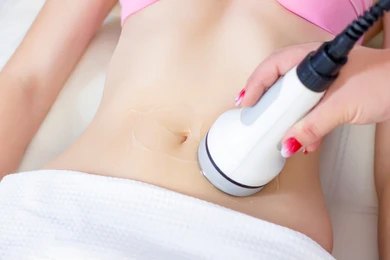
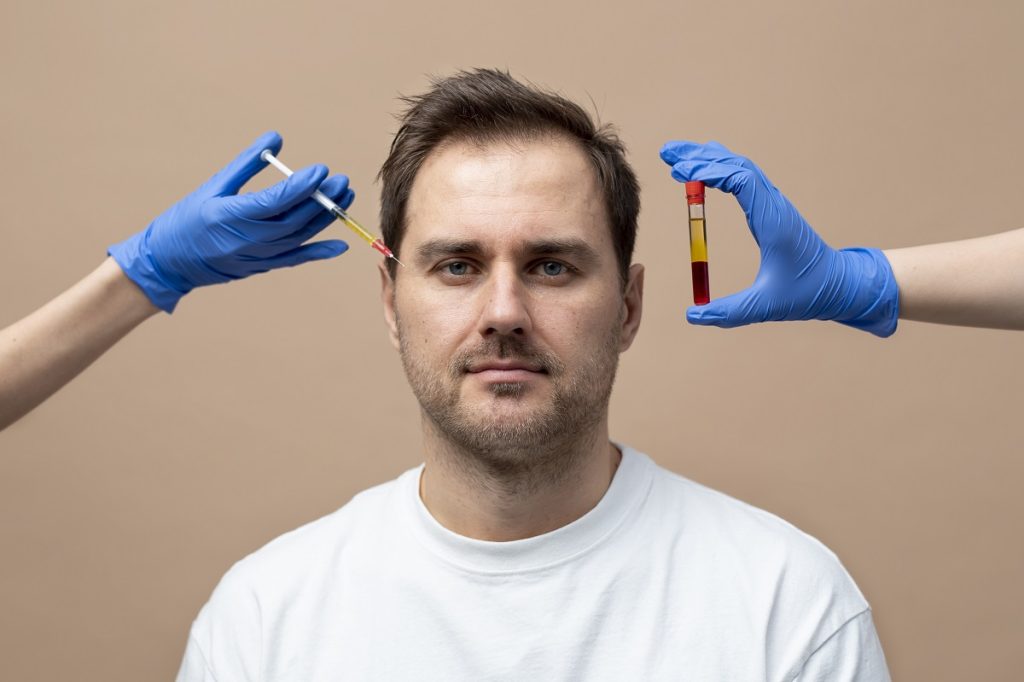
PRP is a regenerative therapy that uses a concentrated form of a patient’s own platelets, derived from their blood, to promote healing, tissue regeneration, and rejuvenation. Platelets are rich in growth factors that aid in the body’s natural repair processes.